The world around us is changing, and with it, our understanding of our impact on the planet. This shift in consciousness is rippling through every aspect of our lives, and the world of home interiors is no exception. Gone are the days of purely aesthetic considerations; today, homeowners, designers and brands alike are increasingly seeking ways to create beautiful and functional spaces that are also kind to the environment. From the materials we choose to the way we decorate, interior design is undeniably going greener, and it’s an exciting evolution to witness. Discover some of the efforts we and our suppliers are making to help create a more sustainable future.
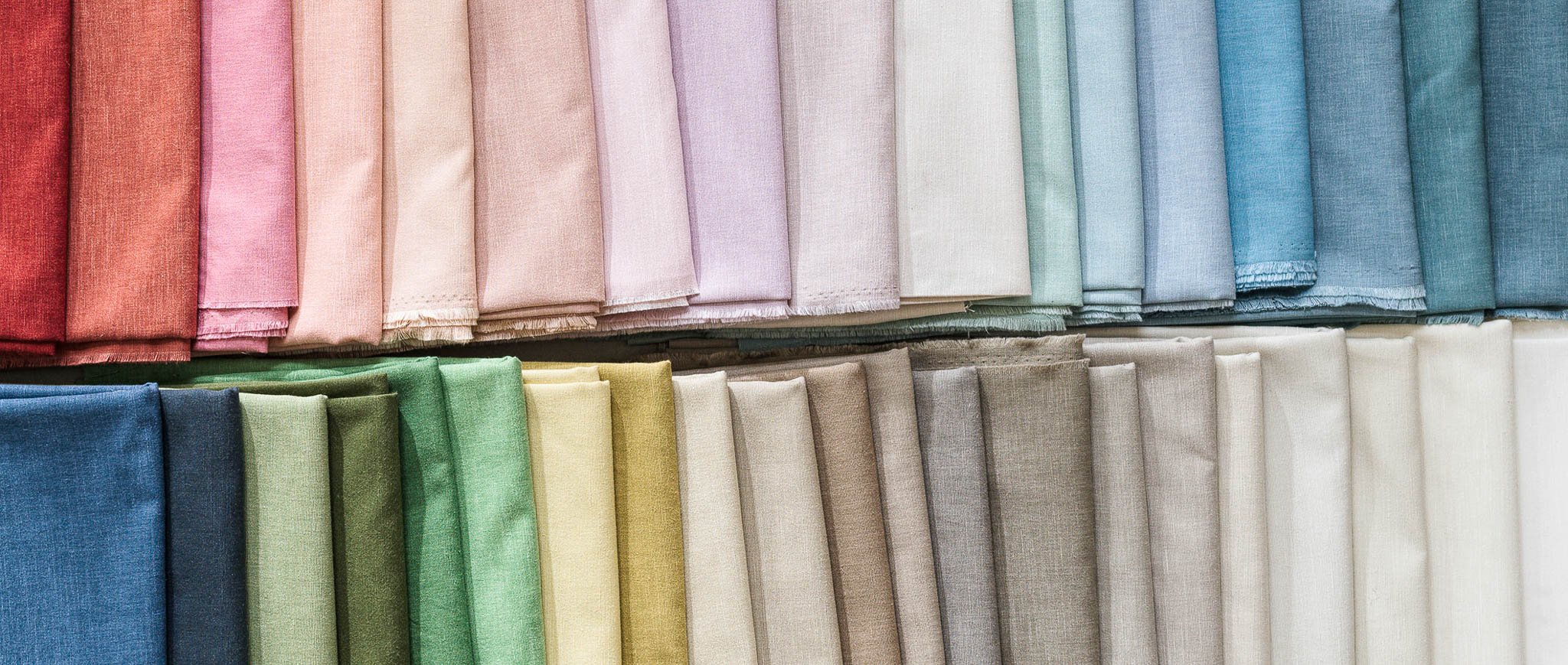
The Foundation of Change: Sustainable Materials
One of the most significant ways the interiors world is embracing sustainability is through the conscious selection of materials. We’re seeing a surge in popularity for options that minimise environmental impact throughout their lifecycle. Within the textile industry, a growing number of fabric houses are now focusing on sustainable practices for a greener approach to interiors without compromising on style. This includes using organic cotton, linen, and hemp, which require less water and fewer pesticides than conventional crops. Innovative materials like recycled polyester, made from plastic bottles, and Tencel (lyocell), derived from sustainably harvested wood pulp, are also becoming more readily available for eco-friendly upholstery, curtains, and other soft furnishings.
Ashley Wilde offers some superb new fabrics with high recycled polyester content including Aubrey, Juno and some beautiful designs from the new Toulouse collection. The Eden range is another great choice, comprising a selection of recycled woven jacquards in sophisticated palettes. Prestigious Textiles also follows suit with their 100% recycled Velour velvet as well as the Iceland plain and select designs from the recent Sutton Park and Jersey collections, produced from Better Cotton Initiative (BCI) Cotton for sustainable styling. Other great options include Clarke & Clarke’s Riva velvet and Eco collection, Warwick’s Loire wide width fabric made from recycled polyester and organic cotton, William Morris At Home’s Willow Bough Sheer and the Coloroma 1 Eco / Colorama 2 Eco fabrics by Silent Gliss, made from 100% pre-consumer polyester. We also love the new Ario fabric by Harlequin, available in standard and wide width to suit a range of interior applications.
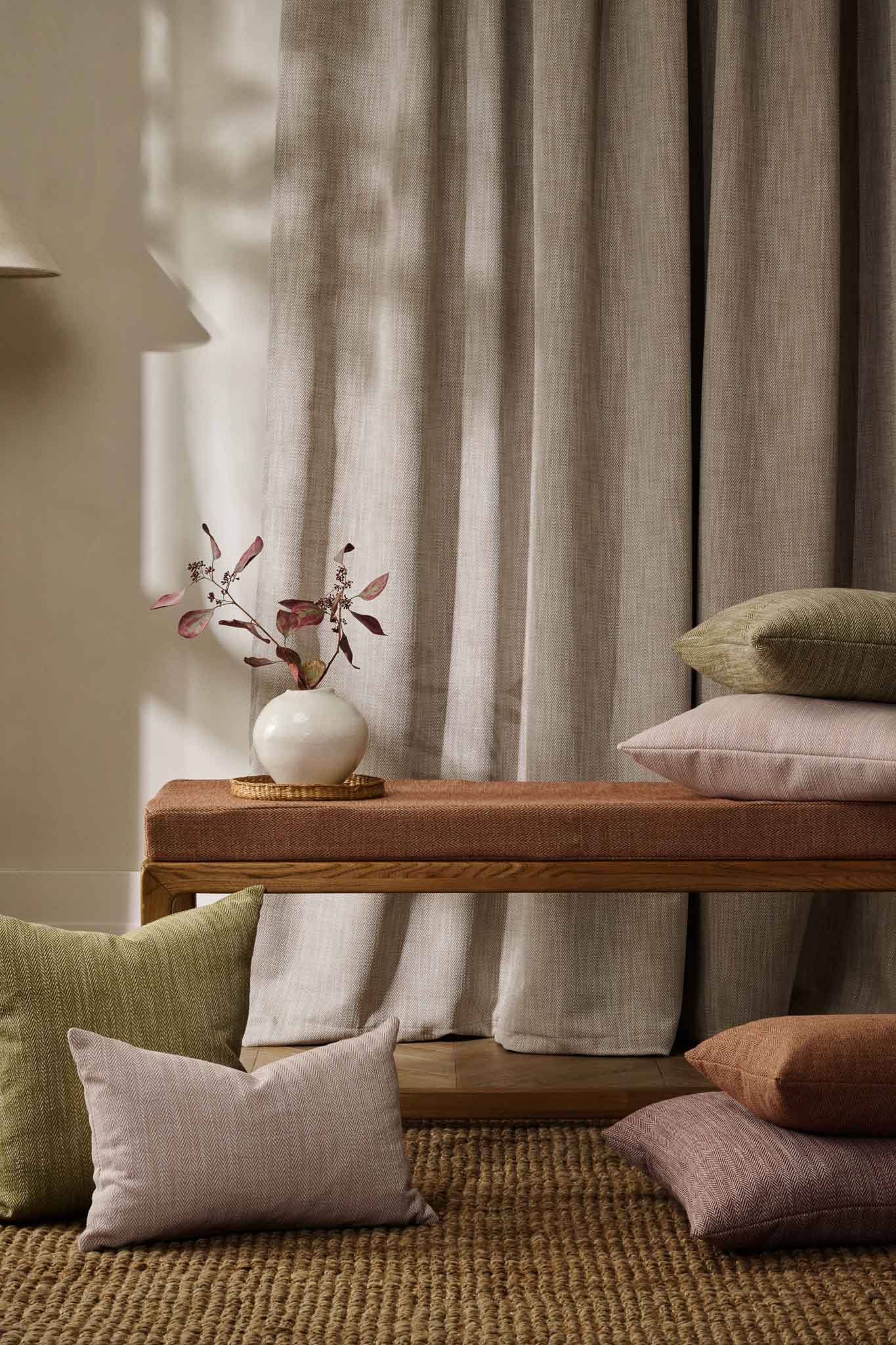
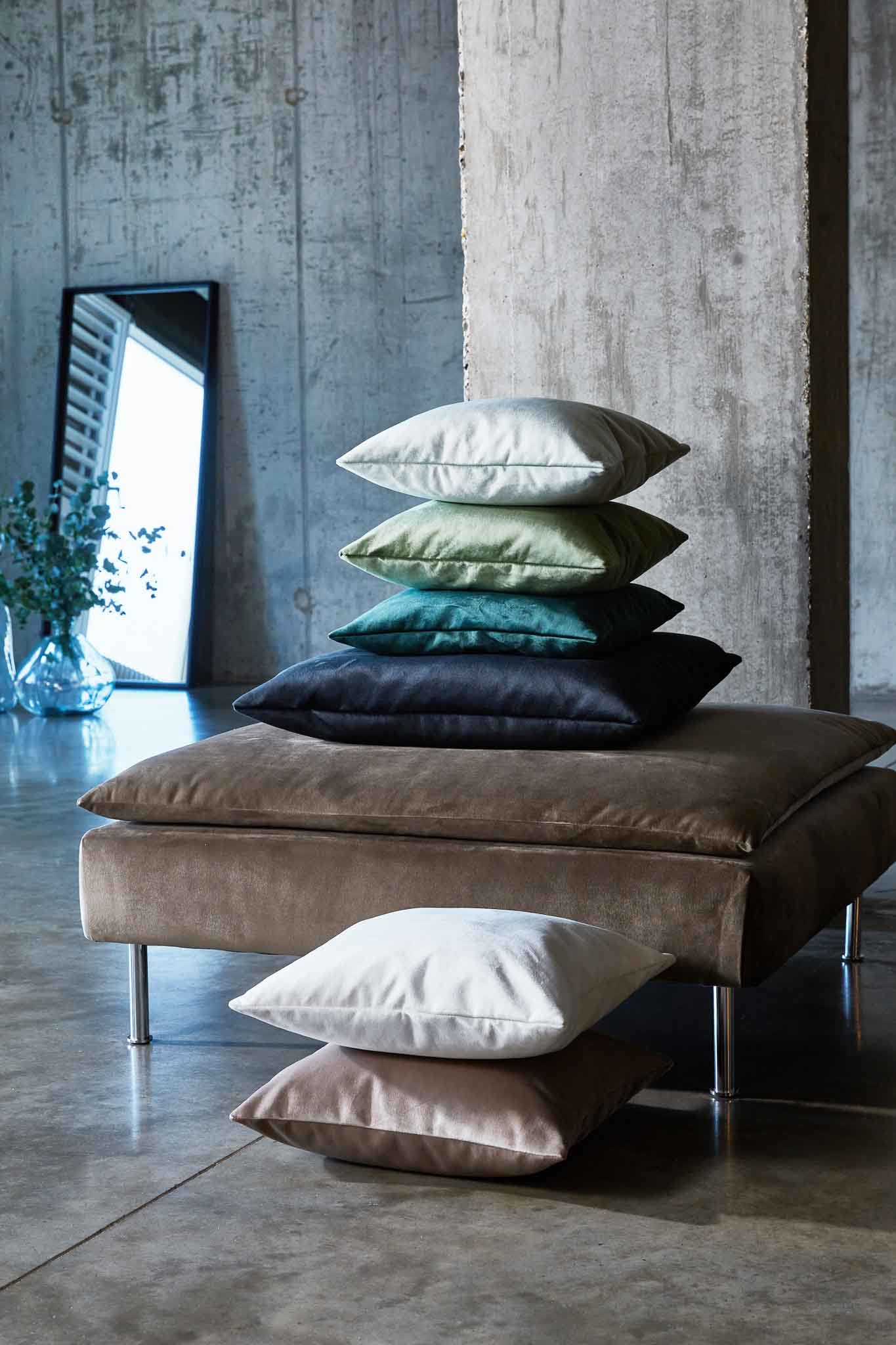
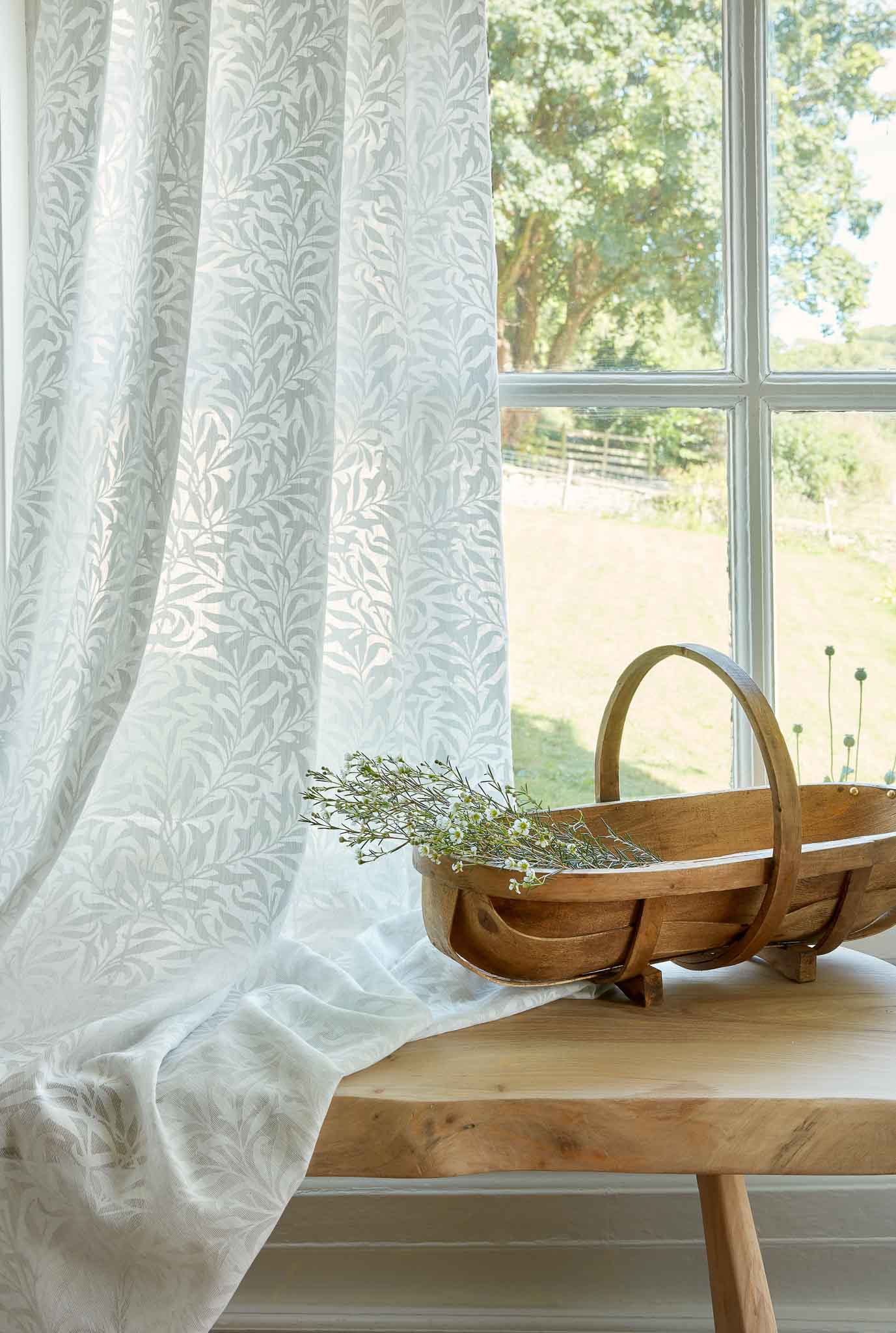
Designers Guild is also renowned for their commitment to sustainability and ecology, considering it in almost every aspect of their brand. From installing LED lighting at their warehouse and switching to electric logistics vehicles, to recycling old equipment / scrap fabric and sourcing sustainable and fully recyclable packaging, Designers Guild is dedicated to going green and only works with suppliers that align with their eco-friendly values. They also offer a wide selection of innovative eco fabrics from Mezzola Luxe (faux suede), Fontana (linen look, wide width plain) and recycled wool checks and stripes such as Haldon, Abernethy and Delemare to luxurious recycled velvets like Brinzio and Florentine. Their bestselling, wide width Velluto velvet has also been updated in a 100% recycled quality with 20 new shades to choose from. Explore more eco / sustainable fabrics here.

The sustainable initiative also extends to window hardware with the beautiful Eden curtain pole range by Hallis Hudson. Each pole is made from wood sourced from forestry commission and from responsibly managed forests, to ensure sustainable use, conservation, restoration and respect for the land and wildlife.
In addition, Hallis Hudson have partnered with One Tree Planted, a non-profit organisation that is dedicated to global reforestation. They work globally to restore and protect our forests and for every complete Eden curtain pole set sold, they will plant one tree. Trees are essential in helping to protect the health of our planet and reducing the harmful effects of climate change.
Painting a Greener Picture
When it comes to paint, traditional finishes were known for releasing volatile organic compounds (VOCs) into the air, which can be harmful to human health and the environment. In recent years, there has been a significant shift towards low VOC paints that are not only crucial to creating healthier indoor spaces, but also reduce the emission of harmful chemicals and atmospheric pollutants into the environment without compromising on colour or durability. All our paint brands boast low to virtually zero VOC content, offering sustainable colour that is kinder to the planet.
We particularly admire Little Greene’s commitment to sustainability with their innovative eco finishes and practices. All water-based paints contain virtually zero VOCs and their oil-based technology has been cleverly re-formulated using sustainable vegetable oils to provide the same quality with a lower environmental impact. Their unique intelligent grip technology is another a great choice for reducing waste, combining primer and topcoat in a single tin to eliminate the need for a separate primer for less packing and leftover paint. The brand also tints its paint to order in the UK to minimise waste and uses recyclable tins made with over 50% recycled steel.

Sustainable Wallpaper Production
The world of wallpaper is also embracing sustainability, offering stylish choices that are kinder to our planet. From responsible sourcing of materials and eco friendly inks / coatings to minimising waste, energy and water consumption, many of our wallpaper brands including Graham & Brown and Little Greene continuously review and improve their processes to ensure sustainable wallpaper production.
Graham & Brown takes pride in being carbon neutral and has taken action to deliver sustainable wallpaper solutions from production through to delivery. Their digital printers run on 100% renewable energy, water based inks are employed and all packaging is responsibly sourced and fully recyclable. Any waste ink is recycled and electric vehicles are used to help reduce their carbon footprint. Furthermore, the brand also supports international sustainability projects and is responsible for planting 16.5 million trees this century.
Natural and innovative materials like cork are also gaining traction for wallpapers. Harvested from the bark of oak trees without harming the tree itself, cork is a naturally renewable and biodegradable material with excellent insulation and acoustic properties. Thibaut offers a beautiful selection of cork wallpaper designs, mindfully sourced for the perfect balance of style and sustainability.
Solar Shading Solutions
Solar Shading is another innovative and profoundly impactful concept in creating more sustainable living environments all year round. By harnessing the power of the sun while keeping its heat at bay, internal and external shading solutions such as blinds, shutters, retractable awnings and pergolas help to regulate indoor temperatures during the summer and retain heat in the winter. These provide more energy efficient alternatives to cooling and heating systems, helping to reduce carbon emissions that attribute to climate change.
Brands such as Silent Gliss and Louvolite have developed a stylish range of performance fabrics suitable for roller blinds, specially designed for better energy management and thermal efficiency. The superb Honeycomb blind technology by Appeal Home Shading is another fantastic example, providing a dynamic and adjustable, energy saving solution. The unique double-layered hexagonal design traps air inside to act as a thermal insulator to help retain warmth in the colder months, whilst the reflective barrier reduces excessive heat in the summer. Their Haus awnings and pergolas also work well for building facades to intercept sunlight before it hits your windows and walls, helping to maintain cooler indoor temperatures without the need for cooling systems. Learn more about solar shading here.

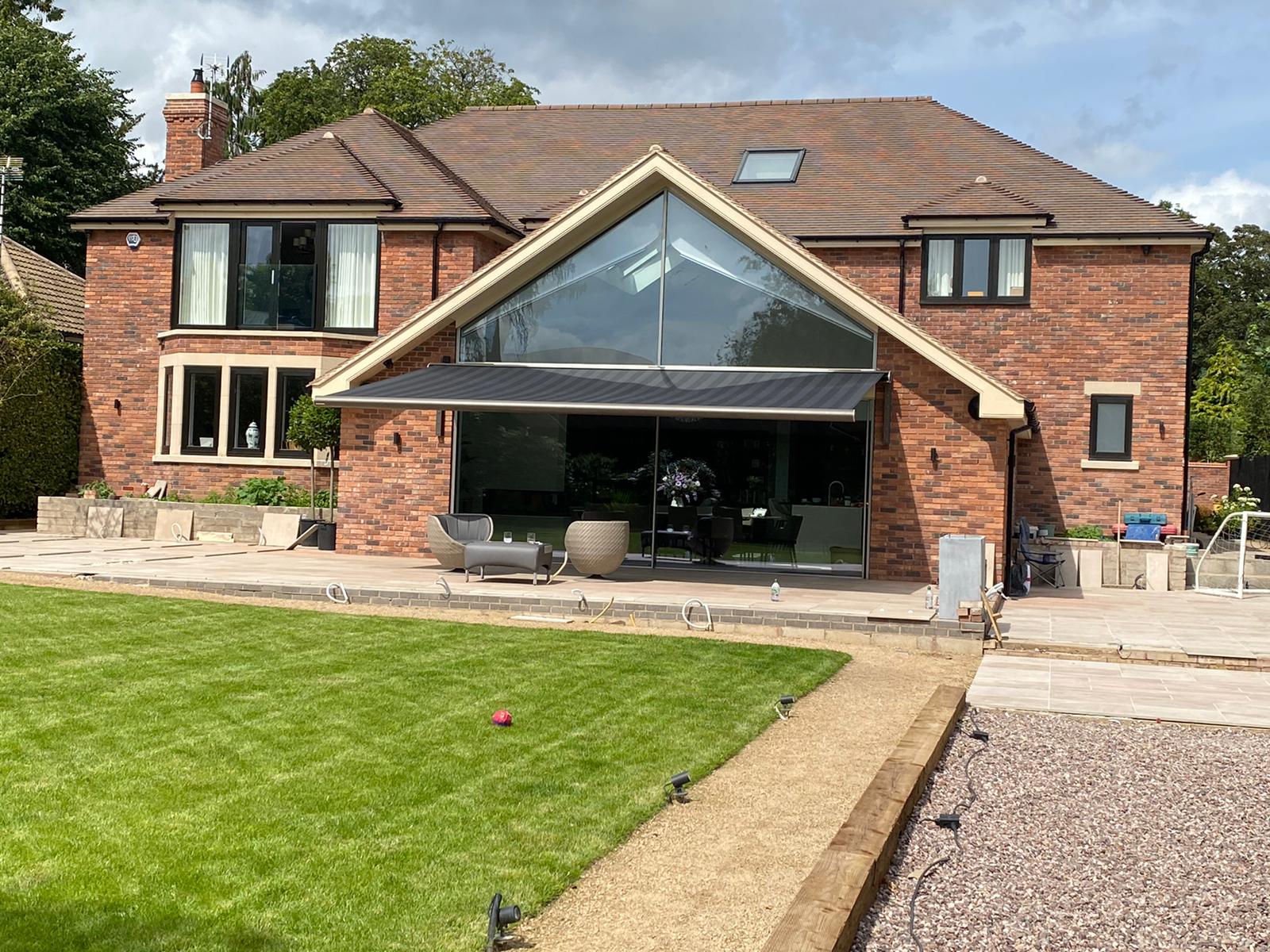
Silent Gliss also partakes in the Energy House 2.0 laboratory (eHome2), a groundbreaking research facility with the aim to revolutionise the way we live in our homes in the pursuit of carbon zero housing and a sustainable future. Here, Silent Gliss smart curtain tracks and blinds are integrated into real, full-scale houses together with other smart-home products for dynamic shading solutions. Researchers then subject these houses to the full spectrum of British weather within its climate-controlled chambers. This helps them to understand precisely how they perform in the real world and identify key areas of improvement in building design, materials and technologies to drive energy efficiency, combat climate change, accelerate innovation and inform policy / standards that promote sustainable and high-performing houses.
How We’re Embracing Sustainability
At The Home of Interiors, we are committed to becoming more eco-friendly and have joined the Greener Brockenhurst initiative to do our part in creating a more sustainable future. Our efforts include:
- Reducing Packaging Waste: We are mindful of packaging waste and make an active effort to reuse and re-distribute packaging boxes where possible. Any packaging bags we do use are made from 30% recycled content and are recyclable.
- No Single Use Plastic Cups: At our showroom / office in Brockenhurst, we have eliminated the use of single use plastic / take out drinking cups, instead encouraging reusable options.
- Recycling Fabric Remnants: All fabric remnants and offcuts from our made to measure products are donated to our local charity village hall where they are recycled and re-purposed for crafts. This reduces waste and prolongs the life of the textiles.
- Eco Product Portfolio: We are pleased to offer a wide selection of eco products as part of our extensive portfolio, from fabrics, paint and wallpaper to accessories and solar shading solutions.
What Can You Do To Create Greener Interiors?
Creating greener interiors goes beyond manufacturing and supplier efforts. There’s an array of sustainable practices you can apply to your home to enhance its sustainability and lessen your environmental impact.
- Consider Recycled and Upcycled Treasures: Instead of discarding old furniture and décor, think about ways to breathe new life into them. Upcycled projects, from repainting vintage chairs and units to transforming old pallets into coffee tables, not only reduce waste but also add unique character to a home. The thrill of finding a pre-loved gem and giving it a modern twist is becoming increasingly appealing too.
- Multifunctional Furniture: In smaller living spaces, and even in larger homes, multifunctional furniture is becoming increasingly popular. A sofa bed, a coffee table with storage or modular furniture that can be reconfigured are all examples of pieces that maximise functionality and reduce the need for multiple items. This not only saves space but also minimises the overall consumption of resources.
- Timeless Design over Trends: Fast fashion has its counterpart in the interiors world – fleeting trends that quickly become outdated, leading to unnecessary consumption. The focus is shifting towards creating timeless and adaptable spaces that can evolve with your needs and preferences over time. It’s about buying less but better, investing in fewer high-quality, well-designed pieces that will last for years and can be easily integrated with changing styles. Take a more thoughtful approach to purchasing decisions, considering the origin, materials, and craftsmanship of the products you bring into your home for more sustainable interior design.
- Embrace Nature with Indoor Greenery: Bringing the outdoors in isn’t just aesthetically pleasing; it’s also a sustainable way to enhance your living spaces. Houseplants not only add visual appeal and a sense of tranquility but also improve air quality by absorbing pollutants and releasing oxygen. Choosing native or low-maintenance plant species that are well-suited to the local climate can further enhance their sustainability.
- Maximizing Natural Light: Designing spaces to maximize natural light reduces the need for artificial lighting during the day, saving energy. This can involve strategically placing windows, using light-colored wall paints and reflective surfaces, and opting for sheer window treatments.
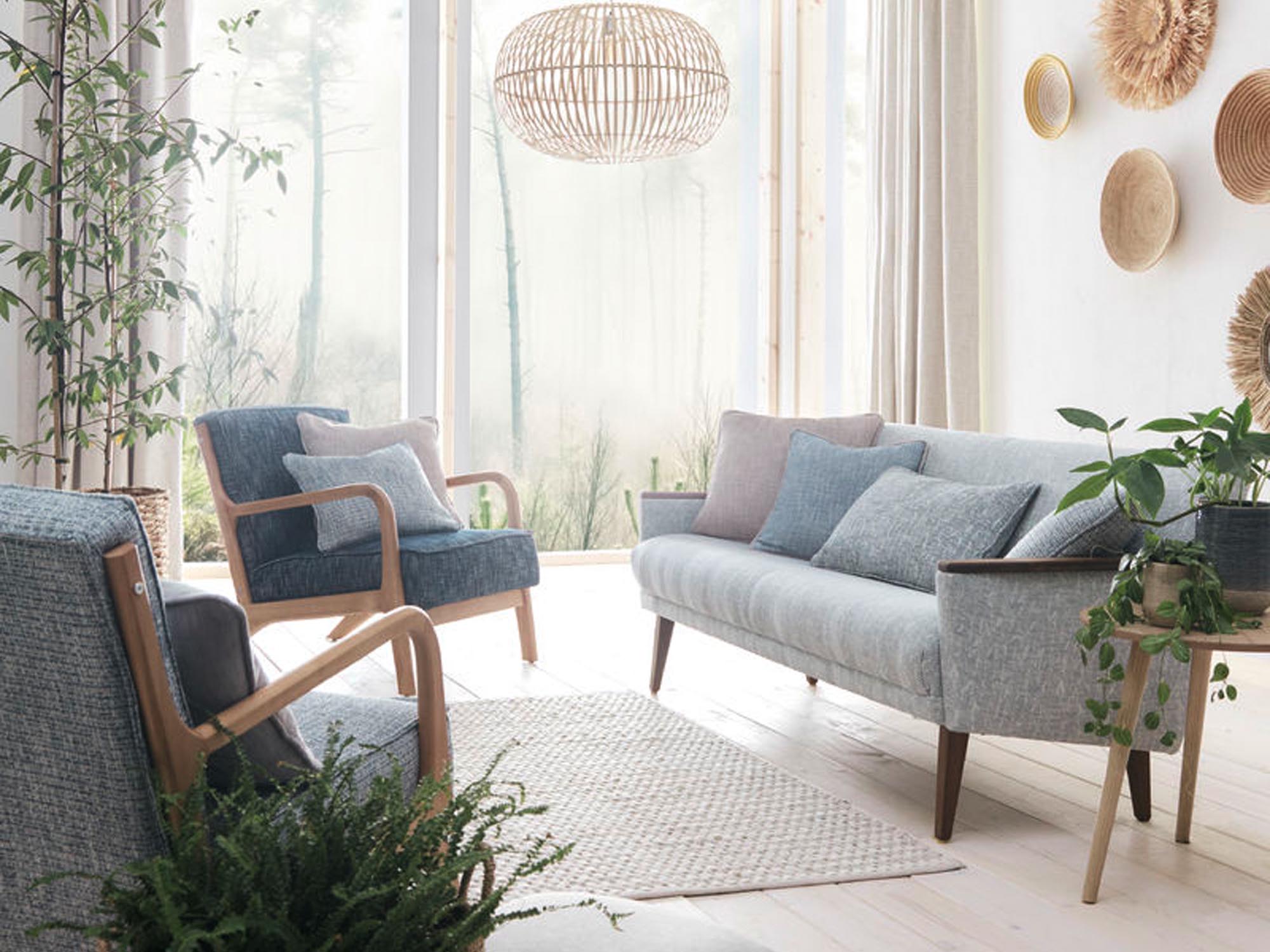
Overview
The journey towards truly sustainable interiors is an ongoing one, but the progress being made is inspiring. By embracing conscious material choices, designing for longevity, harnessing the power of nature, and adopting mindful practices, together we can create beautiful, healthy, and environmentally responsible living spaces for ourselves and future generations. The future of interiors is green, and it’s a future worth investing in!
For design inspiration and ideas, please view our Nature Luxe Trend Guide.
If you’re embarking on a home project and would like any help, advice or samples sending out, please do get in touch. We offer a complimentary bespoke design service to provide fabric, design and paint colour advice and can make up your perfect window dressing with our bespoke, made to measure curtain and roman blind making service.
Email sales@thehomeofinteriors.co.uk or call us on 01590 615775.
Follow us on Instagram and Facebook: @myhomeofinteriors
